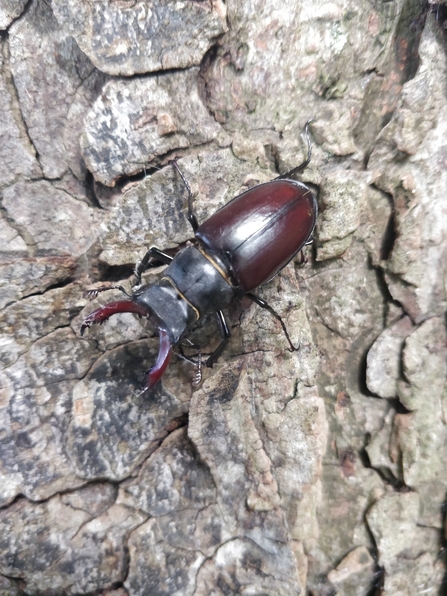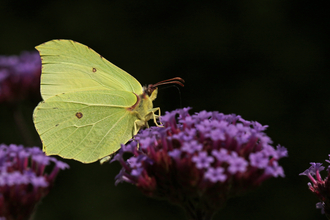The riverside town and local area are a hotspot for stag beetles, a rarity in the county. These giants of the beetle world measure 7-8cm and derive their name for the antler-like jaws of the males. These jaws, harmless to humans, help the males to fight each other for the attention of emails.
Wendy Carter, communications lead for Worcestershire Wildlife Trust and spokesperson for the Wildlife Sightings scheme, explained “Worcestershire is at the northern edge of their range in the UK and so far we’ve only got confirmed records for them living in and around the Upton area.
“Residents here should be really proud to have such amazing and rare insects in their town and surrounding villages; they’re globally threatened and are protected by law in the UK.
“They’re a key species for conservation in Worcestershire and we’re encouraging anyone who spots a stag beetle to fill in a short form on our website in order to submit the sighting to the county database.
“The UK is one of the most nature-depleted countries in the world – knowing where our wildlife is and how it’s doing helps us to understand more about what needs to be done to help it.”




